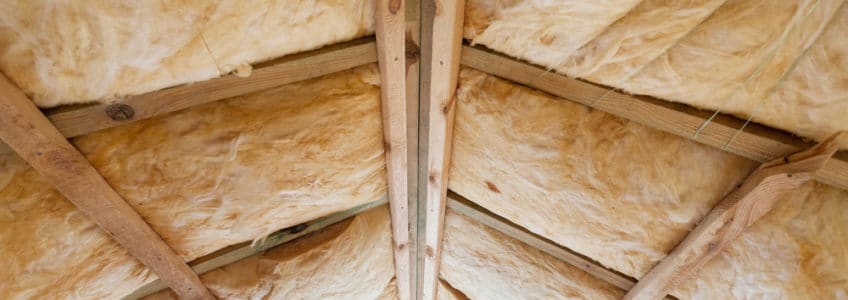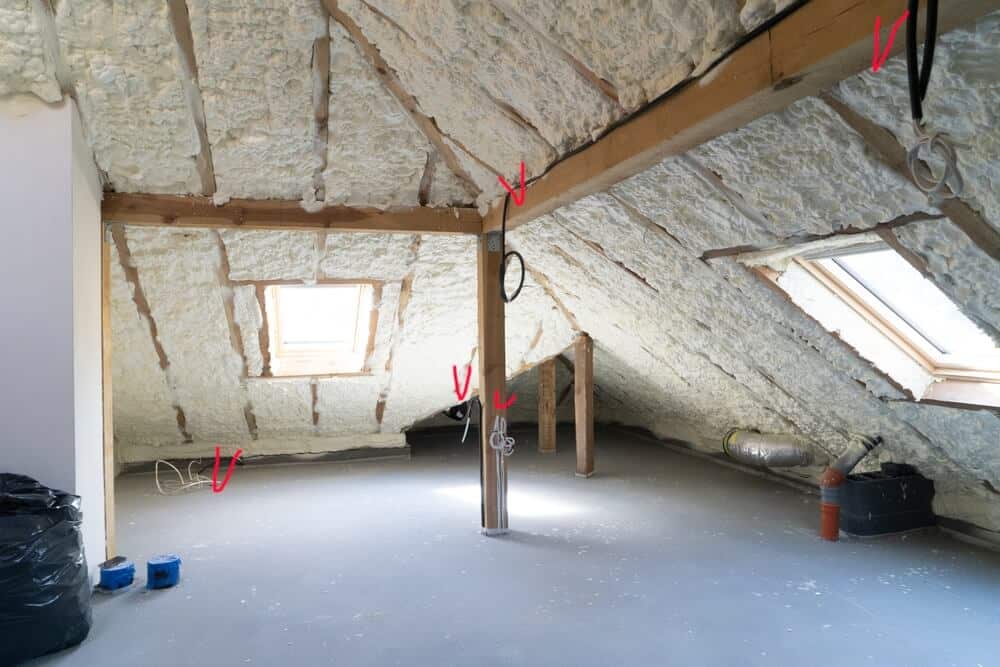
Attic design plays a crucial role in the overall energy efficiency and comfort of your home. Whether you’re building a new house or looking to improve the energy efficiency of an existing one, understanding the differences between a hot roof and a cold roof is essential. The type of roof system you choose can impact everything from insulation performance to your energy bills. In this guide, we’ll explain the key differences between hot roofs and cold roofs, how each type works, and which might be the better choice for your home.
What Is a Hot Roof?
A hot roof is a roofing system where the insulation is applied directly to the underside of the roof deck, leaving no ventilation space between the insulation and the roof deck. This design allows for a sealed attic space that is often used for additional storage or living areas, as it typically maintains similar temperatures to the rest of the home. With a hot roof, the attic becomes part of the conditioned living space, keeping it warmer in the winter and cooler in the summer.
Advantages of a Hot Roof
- Increased usable space: Since the attic is part of the conditioned space, you can use it for more than just storage. It can serve as an additional room or a functional part of the house.
- Improved energy efficiency: Sealing off the attic helps prevent energy loss, which can reduce heating and cooling costs.
- No risk of ice dams: In regions where ice dams are common, a hot roof design can help prevent the buildup of ice, which can cause significant damage to the home.
Disadvantages of a Hot Roof
- Higher installation costs: A hot roof requires more insulation, which can drive up the initial costs of installation.
- Potential moisture issues: Without proper moisture control, hot roofs can be susceptible to condensation problems, leading to mold or water damage.
What Is a Cold Roof?
A cold roof system involves placing insulation on the attic floor, leaving the attic itself unconditioned and ventilated. This traditional design keeps the attic space much cooler than the living areas of the home, as it allows for airflow between the roof deck and the insulation. Cold roofs are a common choice in many homes and are often easier and cheaper to install than hot roofs.
Advantages of a Cold Roof
- Lower cost: Since less insulation is needed and the system is easier to install, a cold roof tends to be more affordable upfront.
- Better for moisture control: Cold roofs typically have built-in ventilation, reducing the chances of condensation and moisture issues.
- Prolonged roof life: Ventilation in cold roofs helps to cool the roof deck, potentially extending the lifespan of roofing materials, especially in hot climates.
Disadvantages of a Cold Roof
- Limited attic usability: A cold attic is not suitable for living spaces or storage of temperature-sensitive items, as it can be very cold in the winter and hot in the summer.
- Energy loss: With the attic acting as a buffer between the conditioned and unconditioned spaces, heat loss is more common, leading to higher energy bills in some cases.
Hot Roof vs. Cold Roof: Which Is Better for Your Home?
When it comes to deciding between a hot roof vs. cold roof, the best choice depends on your home’s specific needs, your climate, and your budget. If you’re planning to use the attic as a living space, a hot roof might be the better option for its temperature control and energy efficiency. On the other hand, if you’re focused on a cost-effective solution and live in a climate where attic ventilation is crucial, a cold roof might be the right fit.
Factors to Consider
- Climate: In colder climates, a hot roof can prevent issues like ice dams, making it a smart choice for preventing costly roof repairs. In warmer regions, a cold roof can help reduce the temperature of the roof deck, prolonging the life of your shingles.
- Budget: If you’re looking for a budget-friendly option, a cold roof will generally have lower upfront costs. However, it may lead to higher energy bills over time.
- Attic use: If you need extra living space or want to ensure consistent temperatures throughout your home, a hot roof system will likely suit your needs better.
Energy Efficiency Considerations
Both hot roofs and cold roofs have energy efficiency benefits, but they work in different ways. A hot roof can lower your heating and cooling costs by turning your attic into a conditioned space, which reduces the amount of heat that escapes through the roof in winter or enters in the summer. On the other hand, a cold roof works by keeping the attic cooler, which can reduce the strain on your air conditioning system during the hotter months.
For homeowners concerned about long-term energy savings, it’s important to consider the insulation materials used, proper sealing, and ensuring that any ventilation systems are functioning correctly.
Conclusion

